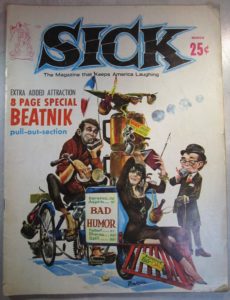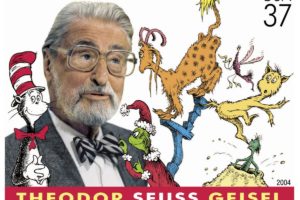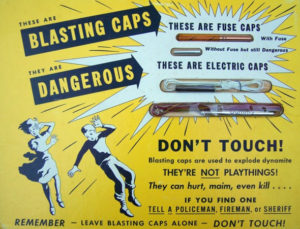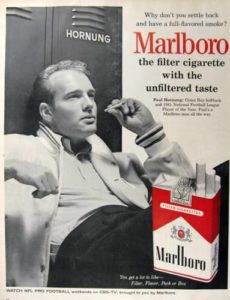
This will be a fun write, almost 100% from memory, no research needed! My favorite type of I Remember JFK article.
Okay, transport yourself back to, say, 1967. You are entering an imposing building: your own local public library. One of the earliest concepts that you learned as a child was that books were freely available to you to borrow for a couple of weeks, at the end of which you either returned them, rechecked them, or (horrors) paid a fine, which may have burdened you with some of your first feelings of guilt.
Walking through those tall doors (everything was tall when your height was less than four feet), you were greeted with a wonderful smell: the aroma of hundreds, maybe thousands of books, many of which were dozens of years old. You also saw row after row of neatly organized bookshelves, with each book in its proper place. All in all, it was a wonder of order.
Behind the desk sat the librarian, with a stern expression on her face, just the thing to remind a rambunctious kid that he was in a temple of silence, and it had better stay that way, or the wrath of that hair bun-wearing matron would be quickly and painfully expressed.

You might even balk at this point, wondering if you even deserved to be within these hallowed halls. But a reassuring look at your own personalized library card would set you at ease, you were indeed a full-fledged member of this community, with every right to be in this wonderful place.
The pictured library card is missing something: a piece of metal with five or six letters or numbers stamped on it, embedded in the card itself. That card would be presented to the librarian when you wanted to actually check out the books. She would place your card into a mechanical device which would then accept another card from a sleeve found inside the particular book you wanted. The card would slide into a slot in the top, you would hear a “ka-chunka” sound, and a permanent record would be made that you had, indeed, borrowed the book in question. She would then place another pre-stamped card back into the book’s pocket with a date that was two weeks away, added to the queue of previous dates.
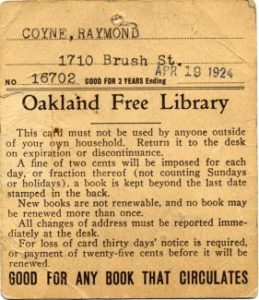
I tried hard to find a picture of one of those checkout machines, to no avail. The return date cards were produced by a different machine that would take a tiny bite of paper out of the edge of the card, stamping a return date in the process. That card could be used through four cycles, turning it around once the top side was full, and turning it over once an entire side was full of dates.






